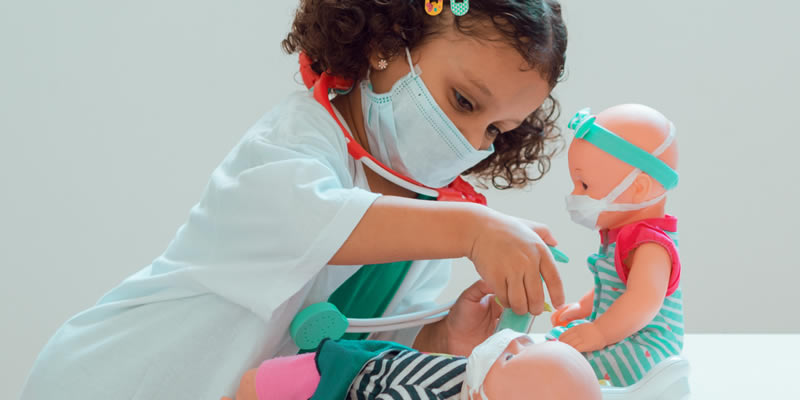At the beginning of the pandemic, around one in ten people with coronavirus were infected in hospital, a new study shows.
Researchers around the UK found that British hospitals became super spreaders of COVID-19 during the first national lockdown.
The academics analysed the medical records of a number of people who were admitted to hospital with coronavirus during the first five months of the pandemic.
- Early symptoms of COVID-19 differ between age groups, study shows
- More than a third of people admitted to hospital with Delta variant of COVID-19 are fully vaccinated, new data shows
Across 314 hospitals, more than 10% of people in hospital with COVID-19 caught the virus after first being admitted with another health problem, the researchers found.
In May 2021, up to 20% of individuals with coronavirus caught the infection in hospital, the study reports.
The scientists said: “We estimate between 5,699 and 11,862 patients admitted in the first wave were infected during their stay in hospital.
“This is, unfortunately, likely to be an underestimate, as we did not include patients who may have been infected but discharged before they could be diagnosed.”
Top author Dr Jonathan Read said: “Controlling viruses like SARS-CoV-2 (the virus that causes COVID-19) has been difficult in the past, so the situation could have been much worse.
“However, infection control should remain a priority in hospitals and care facilities.”
Fellow academic, Dr Chris Green said: “There are likely to be a number of reasons why many patients were infected in these care settings.
“These include the large numbers of patients admitted to hospitals with limited facilities for case isolation, limited access to rapid and reliable diagnostic testing in the early stages of the outbreak, the challenges around access to and best use of PPE, our understanding of when patients are most infectious in their illness, some misclassification of cases due to presentation with atypical symptoms, and an under-appreciation of the role of airborne transmission.”
- Tenth of COVID-19 deaths in black community could have been avoided if patients had received the same care as white people, survey reports
- One in four people should expect mild symptoms after COVID vaccine
The team of researchers also found that mental health and community care hospitals recorded the highest number of ‘hospital acquired infections’, while hospitals offering standard care recorded the lowest.
According to the findings, this replicates the surge of COVID-19 cases in care homes.
“The reasons for the variation between settings that provide the same type of care requires urgent investigation to identify and promote best infection control practice,” said Professor Calum Semple.
He added: “Research has now been commission to find out what was done well and what lessons need to be learned to improve patient safety.”
Dr Anne Marie Docherty, from the University of Edinburgh said: “The underlying reasons for these high rates of transmission in hospitals at the peak of the first wave must be investigated, so that we can improve safety and outcomes for our patients.
“Rates are considerably lower a year on, and people should not be deterred from attending hospital if they are unwell.”
The entire research study can now be accessed in the journal ‘The Lancet’.





